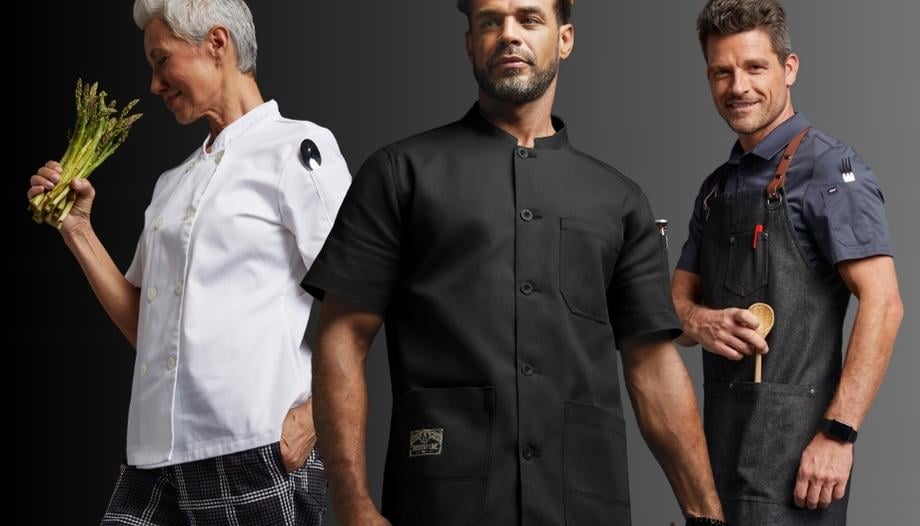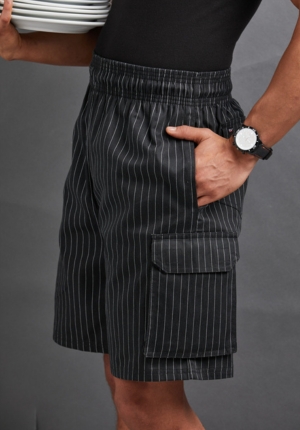What's the Importance of a Chef Uniform in Hospitality?

In the culinary world, chefs are often seen wearing a distinct uniform that includes a double-breasted white jacket, a tall, pleated hat known as a toque, and checked pants that end just below the knee. These pants, commonly known as "chef shorts," have been a staple of the chef's uniform for decades, but their origin and purpose may not be immediately obvious to those outside of the industry. In this blog, we will explore the history and reasoning behind why chefs wear short pants.
Chef Uniform History
The origin of chef shorts can be traced back to the early days of the culinary profession. Chefs in medieval Europe would typically wear long, flowing robes and hats similar to those worn by monks or doctors. These robes were designed to protect the chef's clothing from spills and stains, as well as to give them a professional appearance. However, as cooking techniques evolved and kitchens became hotter and more crowded, these long robes proved to be impractical.
In the late 19th and early 20th centuries, chefs began to adopt a new, more practical uniform that included a short jacket, apron, and knee-length pants. These pants were made of a durable fabric that could withstand the heat and spills of the kitchen, and their shorter length allowed for greater mobility and ventilation. The pants were often paired with high socks and sturdy shoes, which protected the chef's feet from spills and provided better support on hard kitchen floors.
The distinctive checkered pattern on chef shorts has a practical purpose as well. The pattern, known as houndstooth or dogtooth, was originally used in Scotland for hunting and outdoor pursuits. The irregular, jagged pattern helped to camouflage the wearer in natural surroundings, making it harder for prey to detect them. In the kitchen, the same pattern was found to be useful in hiding stains and spills, which are a common occurrence in a busy kitchen.

In addition to the practical considerations, there is also a cultural aspect to the chef's
uniform. The uniform helps to create a sense of identity and pride among chefs, and it is often seen as a symbol of their dedication and commitment to their craft. The uniform also helps to create a sense of hierarchy in the kitchen, with more experienced chefs often wearing more elaborate or decorative uniforms.
While the chef's uniform has remained relatively unchanged over the years, there are some variations that have emerged in different parts of the world. In Japan, for example, chefs often wear a distinctive black and white uniform known as a happi coat, which is shorter and more fitted than the traditional white jacket. In South America, chefs may wear colorful, embroidered jackets and hats that reflect their regional heritage.
In conclusion, chef shorts are a practical and important component of the chef's uniform, with a history that dates back to the earliest days of the culinary profession. Their shorter length, durable material, and distinctive pattern make them well-suited to the demands of a busy kitchen, and they continue to be an essential part of the culinary tradition. Whether worn by a beginner or a master chef, the uniform is a symbol of dedication, professionalism, and passion for the culinary arts.


